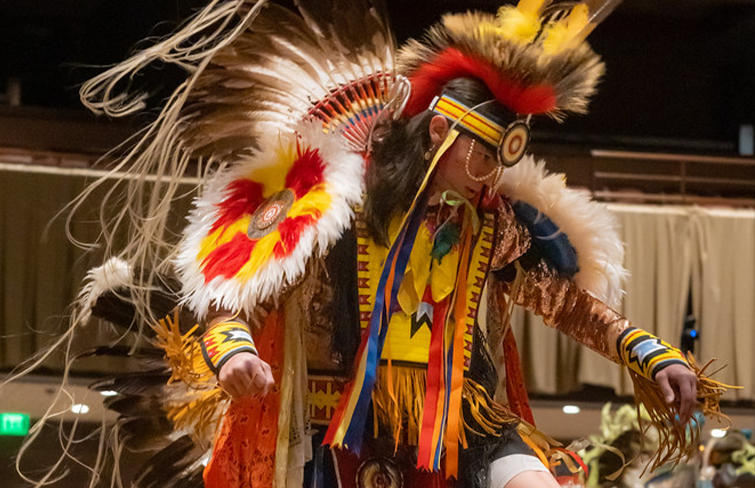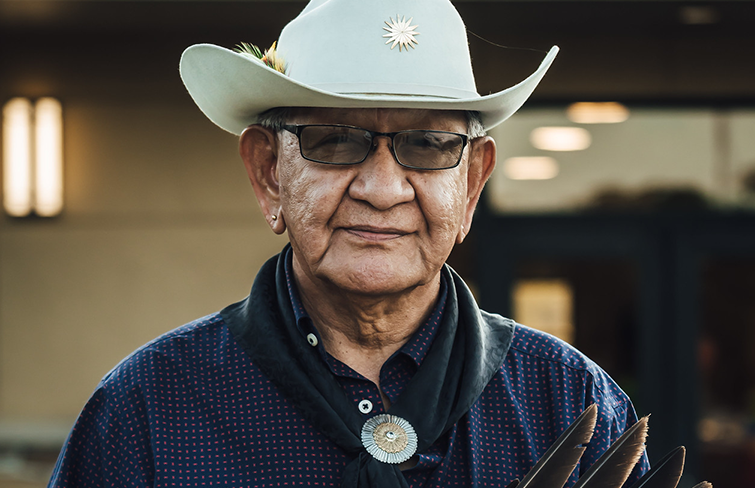“Osage” is an English rendering of the French pronunciation of our original name: Ni-u-Kon-ska, or “People of the Middle Waters.” According to one creation myth, the four winds gathered the flood waters of the earth, creating the great rivers we called the Middle Waters. Our paleolithic ancestors ranged from the fork of the Ohio River to the Mississippi and beyond, where we lived off the land and hunted for hundreds of years. In 1200 A.D., our people began their journey westward.
Osage LLC, is a division of the Osage Nation—a proud, resourceful and resilient people as demonstrated by our history and heritage.
Proud and defiant.
Following the arrival of European settlers and the march of colonialism, our story became one of battles and broken promises, including bloody wars with other native tribes such as the Iroquois and Cherokee. During this time, we continued to pass down our culture and traditions, dressed in our traditional clothing, and built our homes as we had done for hundreds of years. Most important, we continued teaching our rituals to every new generation.
Our largest band lived on a Kansas reservation for more than a hundred years. But when the U.S. government was pressured to open all Native American lands to settlers, our Kansas reservation was sold. In 1872, we relocated to Indian Territory, in present-day Oklahoma. Neither the U.S. government nor our people could have possibly predicted the bounty the land had buried beneath it, the wealth it would bring, and the horrors that would transpire.

Million Dollar Elm and the Reign of Terror.
Oil was discovered on our reservation in the late 1800s. Starting in 1912, the world’s most powerful oilmen would come to Osage lands to bid on leases worth millions of dollars. These leases were negotiated under the shade of a tree that became known as the “Million Dollar Elm.” By the 1920s, our people became the wealthiest in the world, per capita. But with that prosperity came tragedy, greed and murder.
Under the Osage Allotment Act of 1906, our tribe was paid mineral lease royalties by the U.S. government, with the money evenly distributed among allottees in the form of headrights. When the allottee died, the headright was passed down to the immediate heir—even if the heir was not Osage. From 1920 to 1925, there were more than 60 mysterious or unsolved murders involving Osage headright holders. The murder victims’ headrights—and the considerable wealth they brought—fell into the hands of their non-Osage relatives or even court-appointed custodians, as the federal government believed the Osages were incapable of managing their own financial affairs. This era was documented in the New York Times bestseller Killers of the Flower Moon.
The Reign of Terror finally ended with the arrest of wealthy rancher William K. Hale, the self-proclaimed “King of the Osage Hills,” but the conspiracy went far beyond Hale. In 1925, the U.S. Congress passed a law prohibiting non-Osages from inheriting headrights from tribal members with more than one-half Osage blood.

From world wars to the modern world.
Even though our people had not been granted U.S. citizenship in the early 1900s, our brave men served in World War I in record numbers—the highest percentage of any ethnic group. We answered the call again during World War II and once more had the highest percentage of people from any ethnic group to serve. Tinker Air Force Base in Oklahoma City, in fact, was named for Major General Clarence L. Tinker, a member of the Osage Nation.
While our people have been struck by tragedy, we have not been defined by it. Today, we hold more graduate degrees than ever before, and proudly share our culture through language and craft classes, museums and memorials. We are now 20,000 strong, with a diverse economy centered on gaming entertainment, construction, information technology, commercial enterprises, and more. As far as we have come, we believe we are just getting started.

